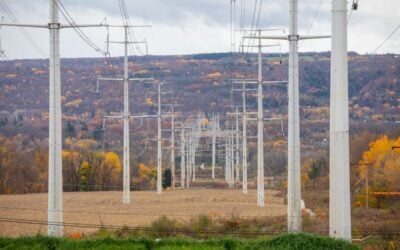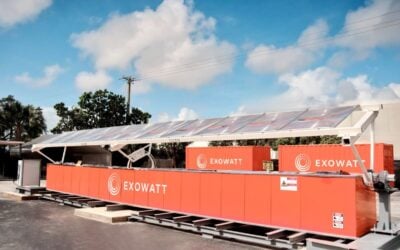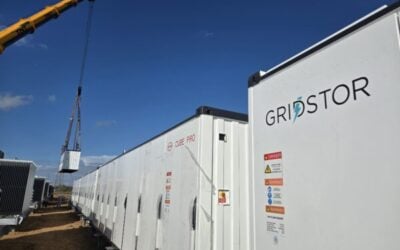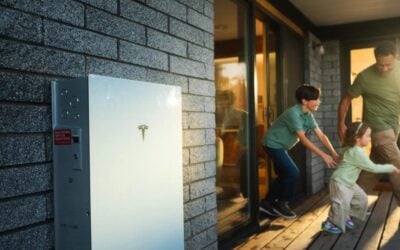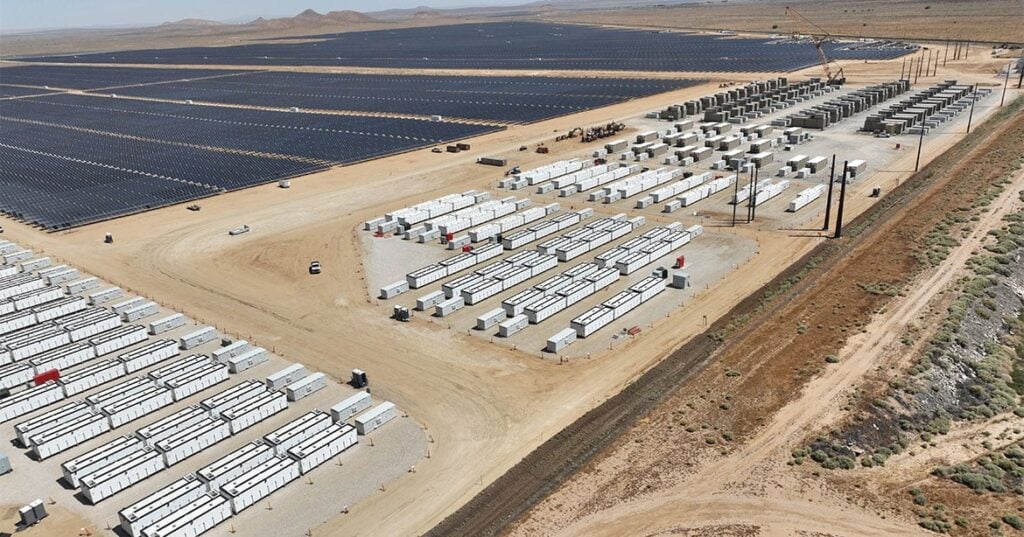
We hear from two platforms facilitating domestic content investment tax credit (ITC) deals in the US, tax credit deal ecosystem Crux and procurement platform Anza, on how far the incentive has penetrated the energy storage market and what’s changed recently.
A domestic content 10% adder to the investment tax credit (ITC) for downstream clean energy projects was brought in as part of the outgoing Biden-Harris administration’s Inflation Reduction Act. It provides a 10% uplift to the 30% (minimum) ITC if the technology deployed meets a threshold for US-produced content.
For battery energy storage systems (BESS) to meet that criteria, they most likely need to use US-manufactured battery cells, meaning it is early days for take-up with manufacturing capacity still limited.
Nearly one in 10 storage tax credit transfers deals include domestic content
However, tax credit ecosystem platform Crux has seen 8% of tax credit transfers deals for energy storage include the domestic content ITC adder, the firm’s policy and research strategist Katie Bays told Energy-Storage.news. That compares to one in three projects for solar on its platform.
Try Premium for just $1
- Full premium access for the first month at only $1
- Converts to an annual rate after 30 days unless cancelled
- Cancel anytime during the trial period
Premium Benefits
- Expert industry analysis and interviews
- Digital access to PV Tech Power journal
- Exclusive event discounts
Or get the full Premium subscription right away
Or continue reading this article for free
“While there has been an increase in domestic battery cell and module manufacturing, demand for these products is very high across the power, industrial, and transport sectors. More supply is needed to meet demand,” Bays added.
Note that its platform is for tax credit transferability deals only (transferability was another mechanism brought in by the IRA) and the ratio may be different for traditional tax equity-structured investments.
Battery manufacturing capacity in the US should increase substantially in the coming years with more than US$80 billion of investments announced since the IRA, and this will make the process of qualifying for the domestic content adder more straightforward, Bays said.
She also expects the share of domestic content in clean energy tax credit deals to increase thanks to the government adding a new method for calculating whether a product hits the threshold. The previous method required suppliers to reveal their costs, which was opposed by some in the industry.
‘Dramatic change’ since Trump’s election
Energy storage’s lag behind solar when it comes to leveraging the domestic content adder has also been identified by procurement data platform Anza, the firm’s EVP of business development & strategy John duPont told us. Though he also expects that to change soon.
“There is myriad product availability with domestic content for solar in the US right now, while in storage the number of options that customers have is quite narrow. However, that is expanding dramatically,” duPont said.
Interesingly, he says the platform has seen a lot more interest in domestic content-qualifying products since the US presidential win of Donald Trump earlier this month.
That is because the election has significantly increased the threat of a future increase in tariffs against clean energy technology imports from China, increasing the commercial risk of entering into long-term supply agreements on those products. Batteries from China had tariffs on them tripled from 7.5% to 25% in January 2024, set to kick for BESS products from 2026. Many expect further increases now Trump is in power.
Many developers and project owners are aiming to have their project qualify for the domestic content ITC via a blending of qualifying and non-qualifying products to still get over that threshold while keeping costs down (with US-manufactured products, be it solar modules or batteries, more expensive).
“We’ve seen a lot of thinking about what the optimal approach is to this challenge, and it’s more cost–effective than people realise to be able to blend products in this way. That equation is now changing as the non-domestic supply is subject to increased tariffs, so the approach needs to change with it,” duPont said.


